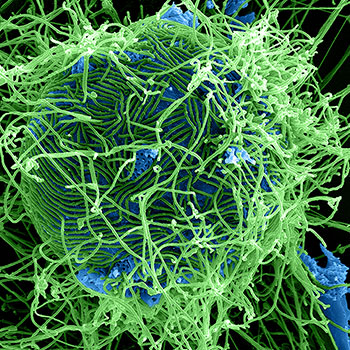What is the limit of # (x^2 − 5x)/(x^2 − 4x − 5)# as x approaches 5?
3 Answers
Explanation:
and
Explanation:
since the direct compensation product equal
Explanation:
You can factor
You can factor the denominator by finding the roots of the polynomial. In this case, we can use the sum/product method: if the coefficient of
So, we're looking for two numbers
So,
And finally
The fraction becomes
So, when



